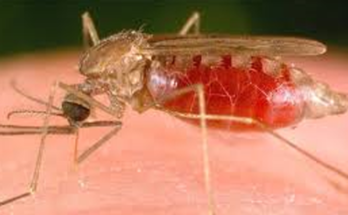by Ashis Sinha
 With the dual objective of ensuring water decontamination as well as energy conservation a team of researchers of Dhanbad-based premiere technical cradle IIT (ISM) is working on the development of Cowdung derived cost-effective adsorbent to remove heavy metals from water and adsorbent later can also be used develop an energy storage device.
With the dual objective of ensuring water decontamination as well as energy conservation a team of researchers of Dhanbad-based premiere technical cradle IIT (ISM) is working on the development of Cowdung derived cost-effective adsorbent to remove heavy metals from water and adsorbent later can also be used develop an energy storage device.
The research team was led by Brijesh Kumar Mishra, Associate Professor of the Department of Environmental Engineering, assisted by Ganesh Chandra Nayak, Associate professor of
Department of Chemistry and Dr Sonalika, research associate of Environmental Engineering department which began the three year research worth Rs 36.16 lakh funded by DST-SEED (Science for Equity, Empowerment & Development)/SUTRA (Scientific Utilization through Research Augmentation) during the last year have already collected and identified the cow dung sample and are in process of Characterization of sample for desired modification for adsorbent development, informed Rajni Singh. Dean, Media & Branding of ISM.
The research project which also fulfills the objective of the Gobardhan Framework of the Swachh Bharat Mission meant to support villages in effectively managing their cattle and biodegradable waste is also in accordance with the objectives of the Swajal Scheme of the Central Government meant to provide clean and safe drinking water to the rural population.
Divulging details, Brijesh Kumar Mishra said’ Toxic heavy metal ions such as (Cadmium) Cd, Cr (Chromium), Pb (Lead)Ni (Nickel), Cu (Copper), Zn (Zinc) etc., are released into water bodies by industrial as well as mining units in excess of permissible limit”.
Citing some examples of very high quantities of heavy metals release into the water, Mishra said “High amount of heavy metals like 500 mg/L (microgram per liter) of Lead in released in battery wastewater, 38.4 mg/L) of Zinc in washings of dye manufacturing, 45.58 mg/L of Copper in textile effluents, and 35.4 mg/L) of Chromium from paper mill and paint manufacturing industry.
“Cow dung is composed of several mineral types such as phosphorus, nitrogen and carbon, which mainly come from lignin, cellulose and hemicellulose,” said Mishra while throwing light about the significance of cowdung-derived adsorbents and added in countries such as India, Bangladesh and Malaysia that focus on agriculture and also cattle rearing cow dung is a viable option for generating energy storage device as each cattle can generate approximately 9–15 kg of cow dung per day.
Regarding the other part of their research with regard to the usage of cow dung-derived adsorbent for the development of Electrodes as the energy storage devices, Mishra said, “These energy storage devices, being developed from waste materials, would be very cheap and can be integrated with solar panels in rural areas, which can be used to light up homes, roads, public toilets etc” and added that this type of device would be affordable, sustainable and cleaner with no impact on the environment.



